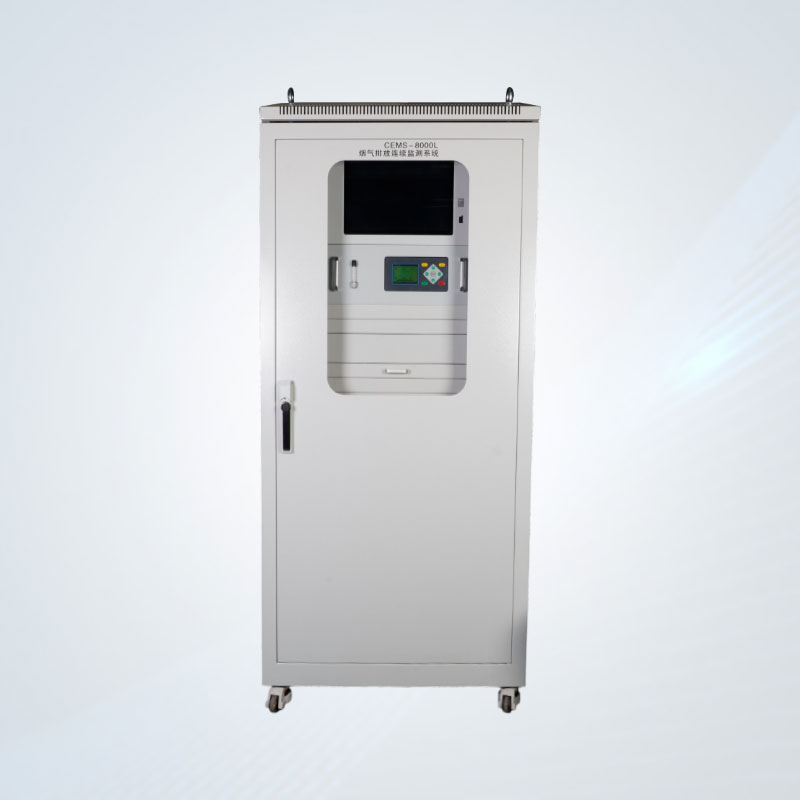A Comprehensive Analysis of Pollutant Emission Monitoring Technology and Its Core Role in Environmental Protection
Pollutant emission monitoring is a core part of the environmental protection system. It aims to systematically track and evaluate pollutants generated in industries, transportation, agriculture, and daily life through scientific means to ensure that emission behaviors comply with national or local environmental protection standards. With the global emphasis on sustainable development goals, this technology has become a key support for promoting the processes of carbon peaking and carbon neutrality.
Monitoring Objects and Technology Classification
Pollutant monitoring covers three major media: gases, liquids, and solids. Gaseous pollutants mainly include carbon dioxide, sulfur dioxide, nitrogen oxides, and volatile organic compounds (VOCs). Liquid pollutants involve heavy metals and chemical substances in industrial wastewater. Solid pollutants are mainly particulate matter and industrial waste residues. Monitoring technologies can be classified into the following three categories based on different scenarios:
1. Online Continuous Monitoring: Relying on high - precision sensors and automated equipment, it collects emission data in real - time and uses the Internet of Things technology for remote transmission and analysis.
2. Mobile Monitoring: It conducts dynamic tracking through in - vehicle equipment, drones, or portable instruments, and is particularly suitable for emergency responses to traffic exhaust emissions or sudden pollution incidents.
3. Remote Sensing Monitoring: Using non - contact technologies such as lidar and spectral analysis, it can monitor regional air quality over a large area and identify the diffusion patterns of pollution.
Advanced Technologies Improve Monitoring Efficiency
The modern monitoring system integrates the technological achievements of multiple disciplines. For example, laser spectroscopy technology can accurately identify gas components. Particle counting equipment can effectively distinguish between volatile particles and solid particulate matter through multi - stage dilution, high - temperature evaporation, and cooling processes. Big data platforms can integrate massive amounts of monitoring data to generate pollution source maps and early - warning models. In addition, for mobile pollution sources such as ships, the combination of new sensors and satellite remote sensing technology has greatly improved the monitoring efficiency in complex environments.
Key Support for Achieving the Dual - Carbon Goals
Emission monitoring is not only the "eyes" of environmental governance but also a scientific tool for achieving green transformation. Through accurate measurement of carbon emissions in key industries, the government can formulate differentiated emission reduction policies, and enterprises can optimize their production processes. For example, the carbon footprint accounting method based on Life Cycle Assessment (LCA) has helped the manufacturing industry identify high - energy - consuming links in the supply chain. At the same time, publicly available and transparent monitoring data can enhance public awareness of environmental protection and form a joint force for emission reduction with the participation of the whole society.
Currently, technological innovation is driving the monitoring system towards the development of intelligence and full - coverage. In the future, with the in - depth application of artificial intelligence algorithms, the ability to predict and prevent pollution will be further enhanced, providing stronger support for global ecological security.




